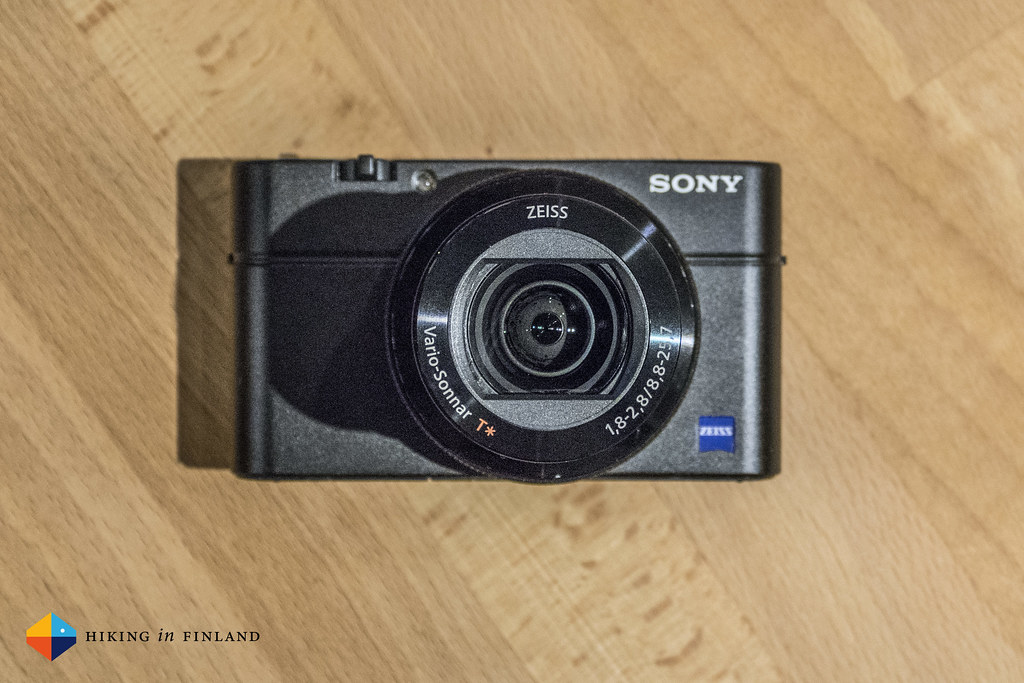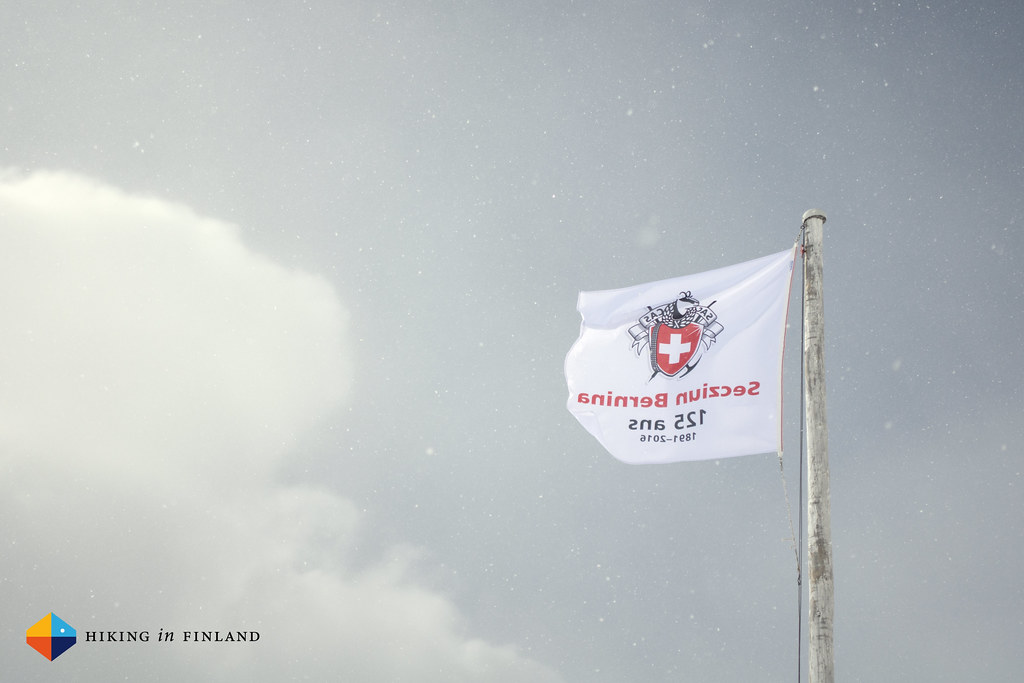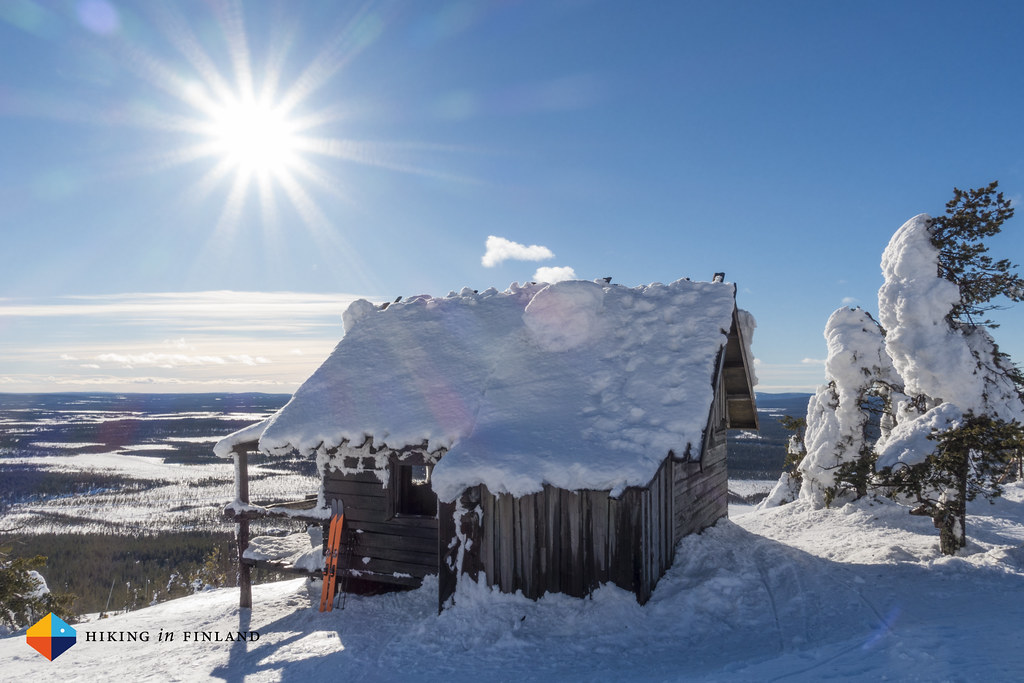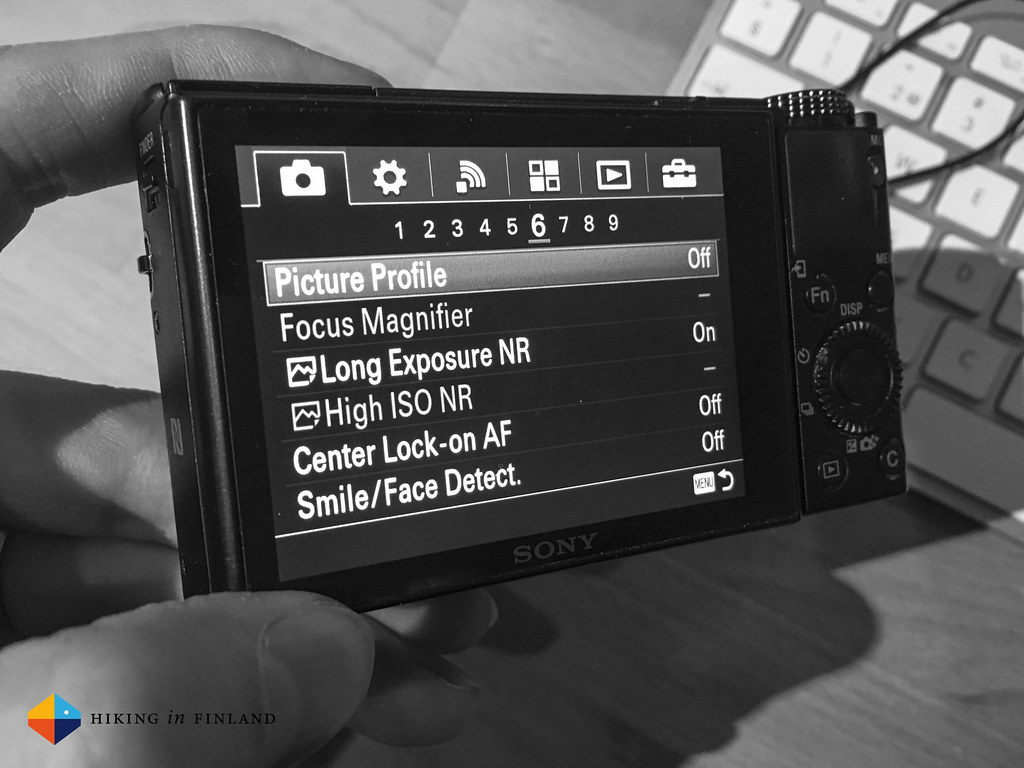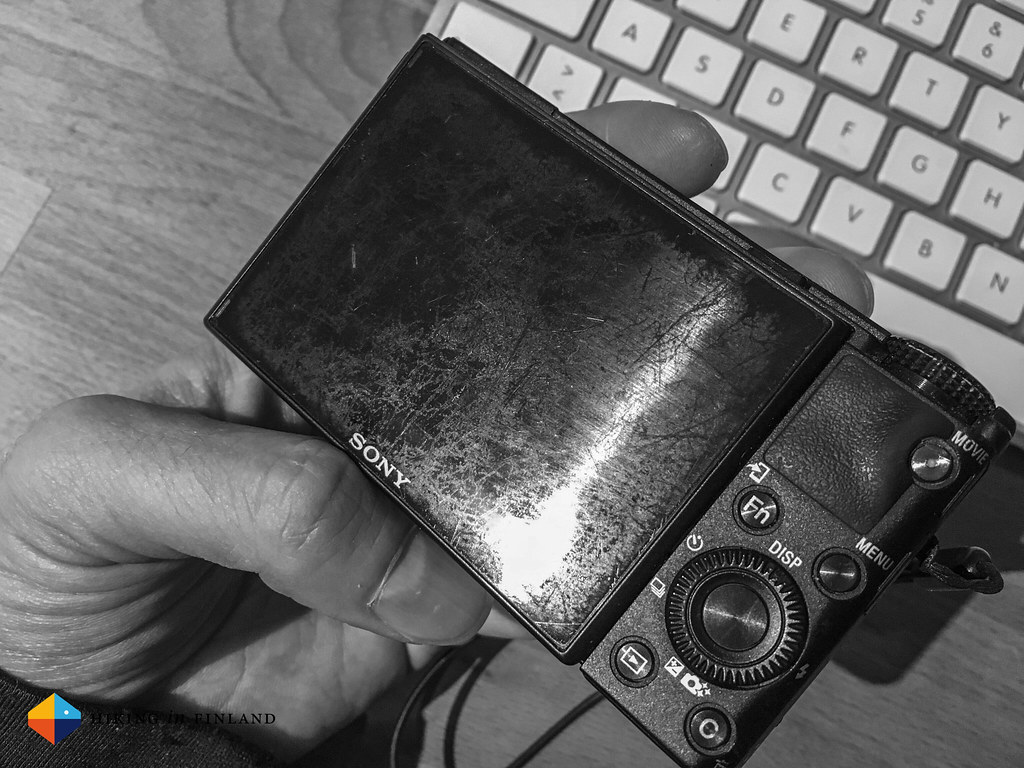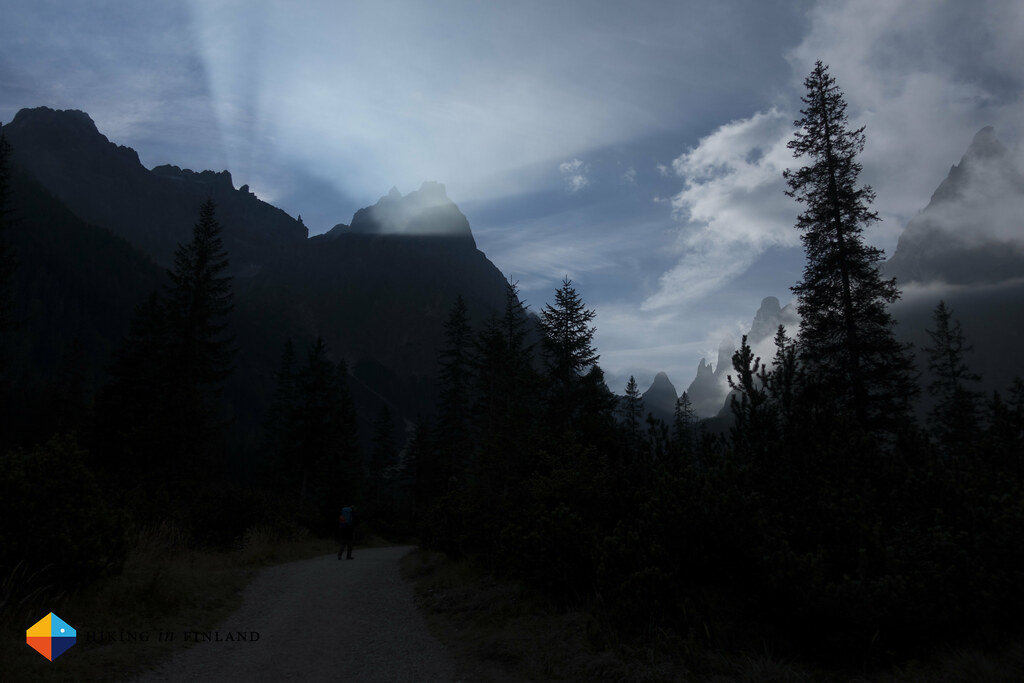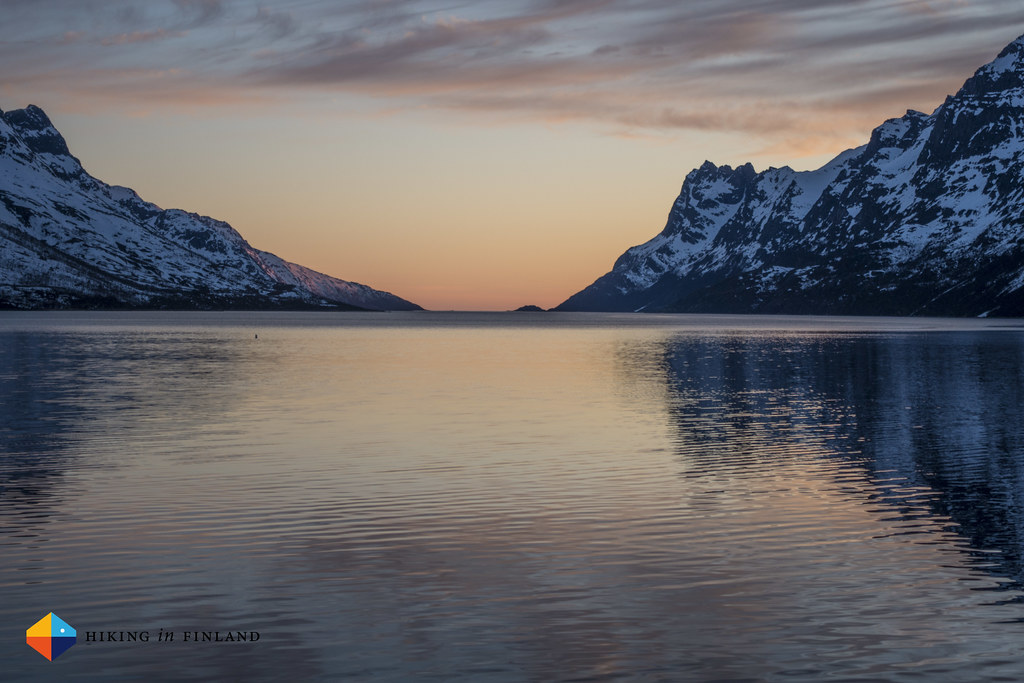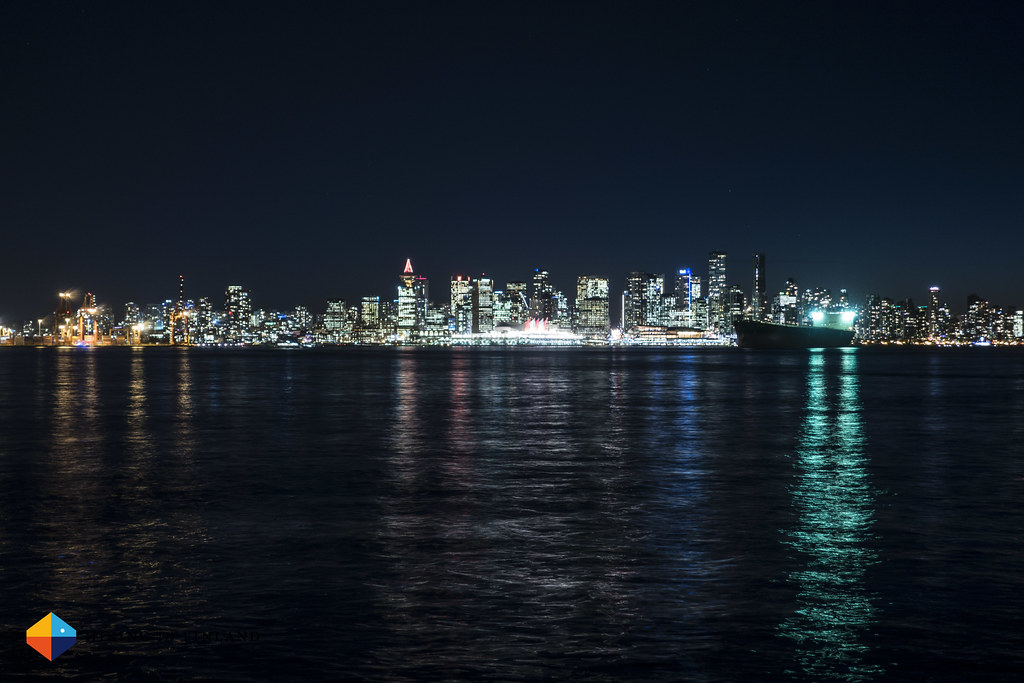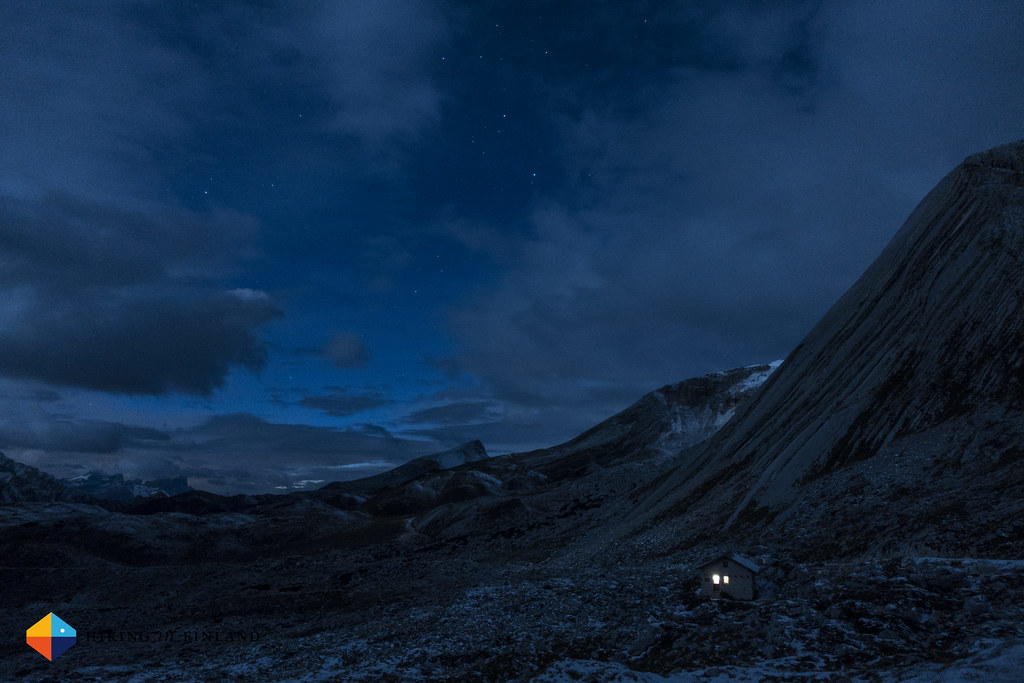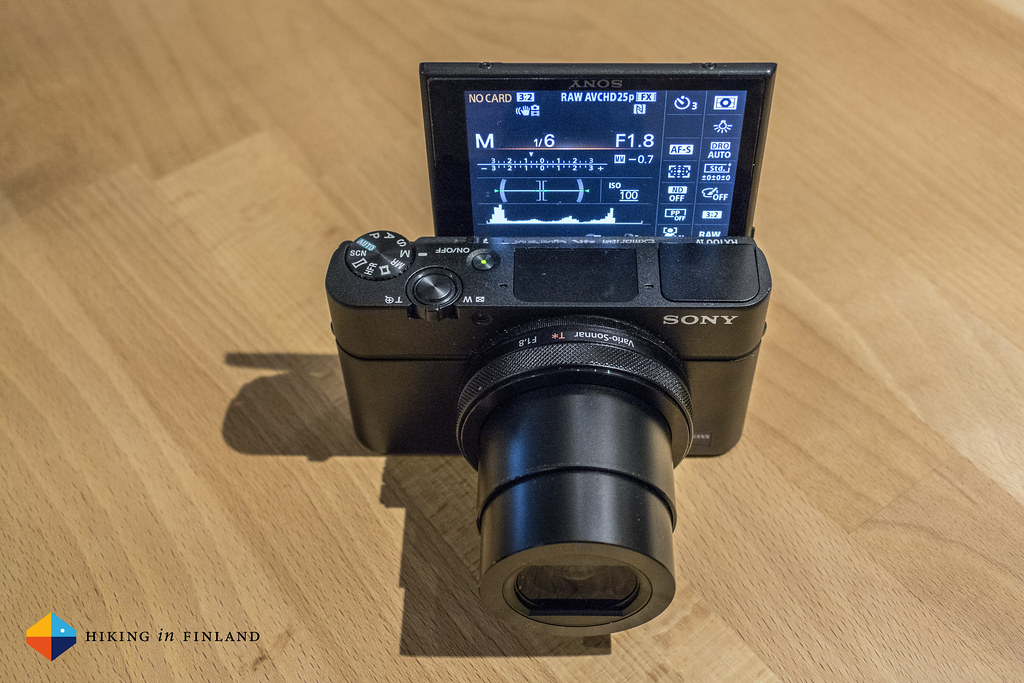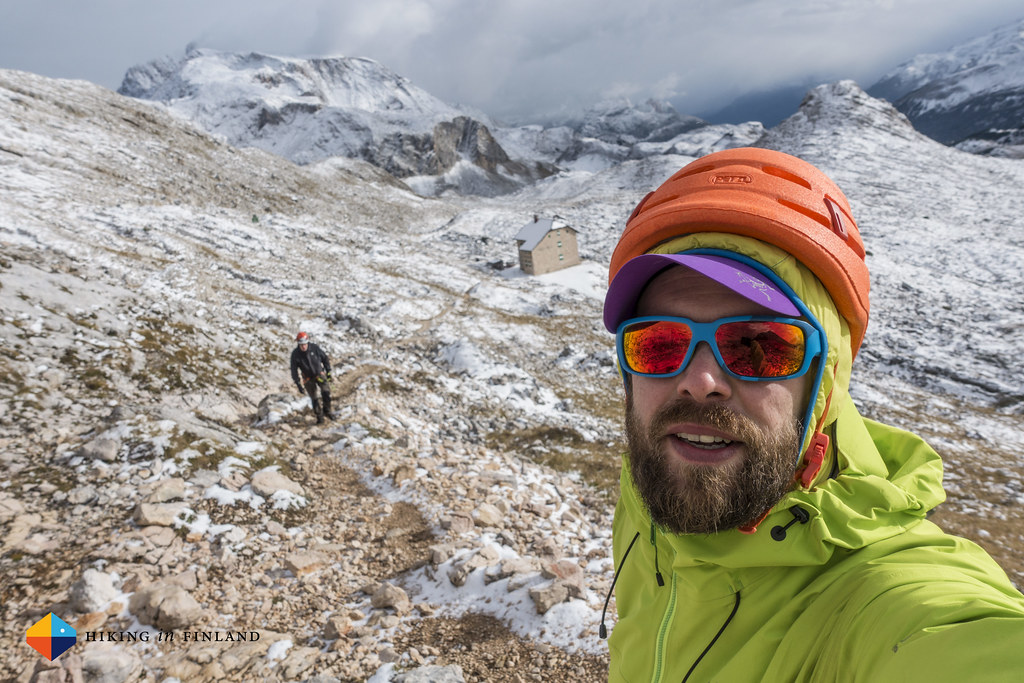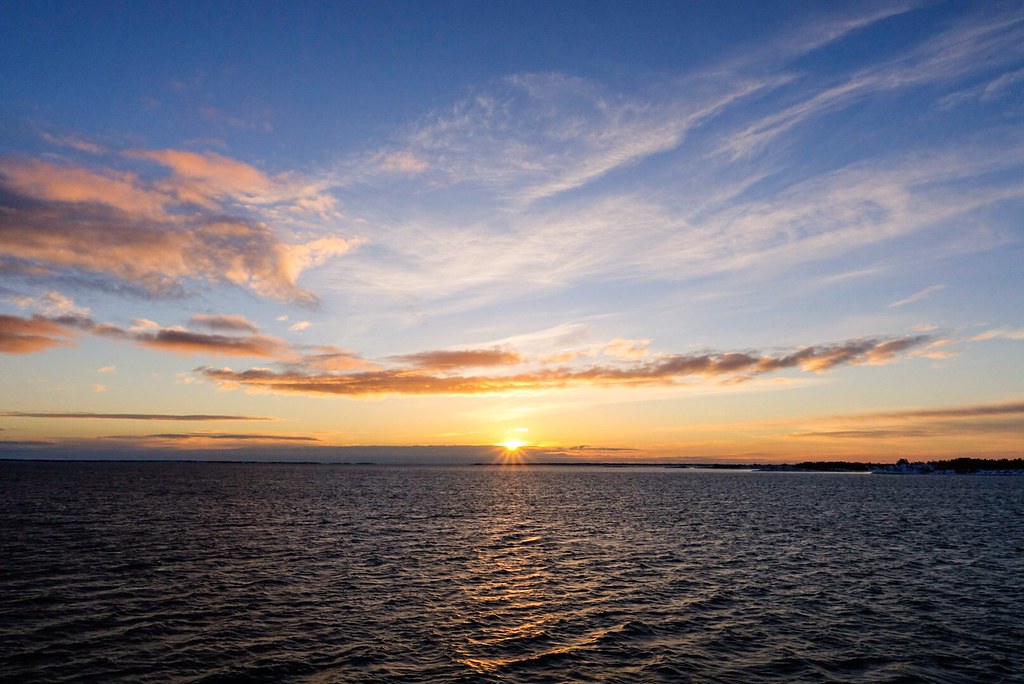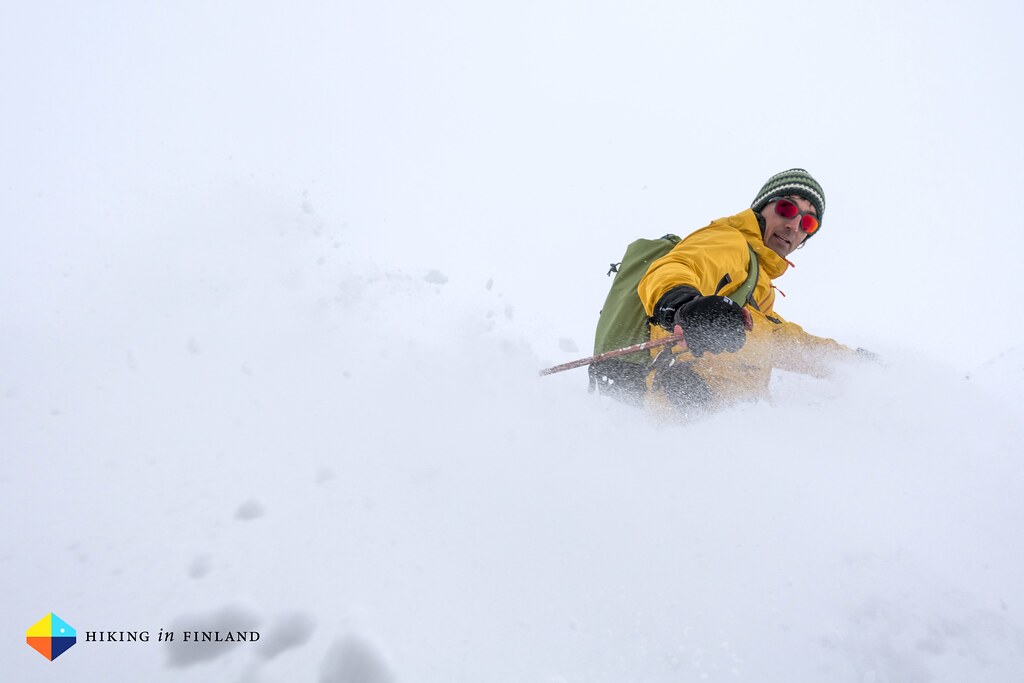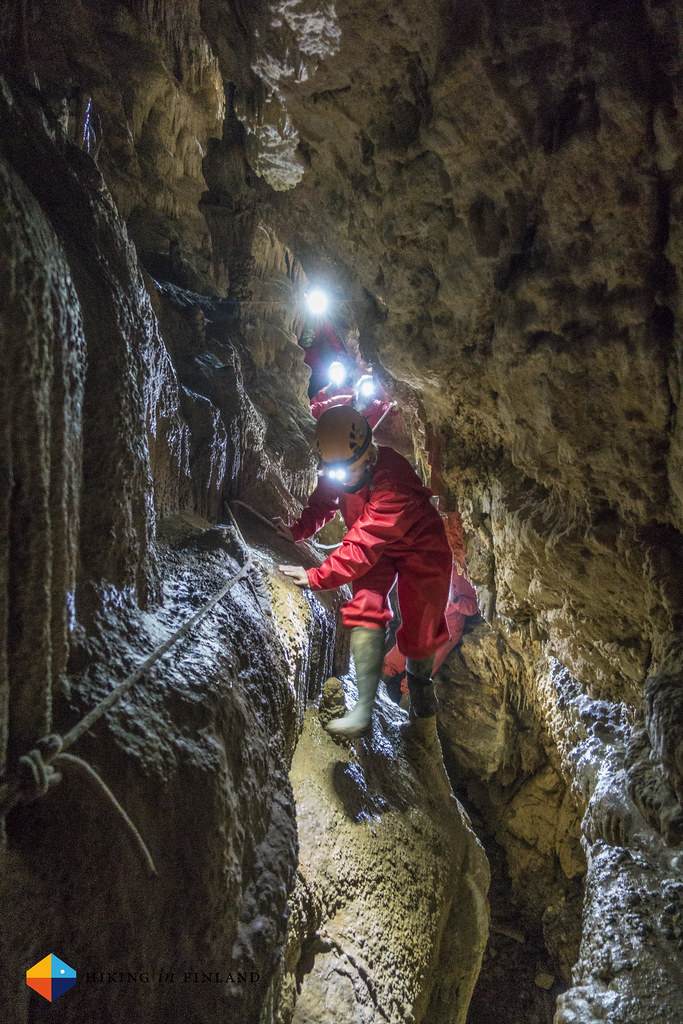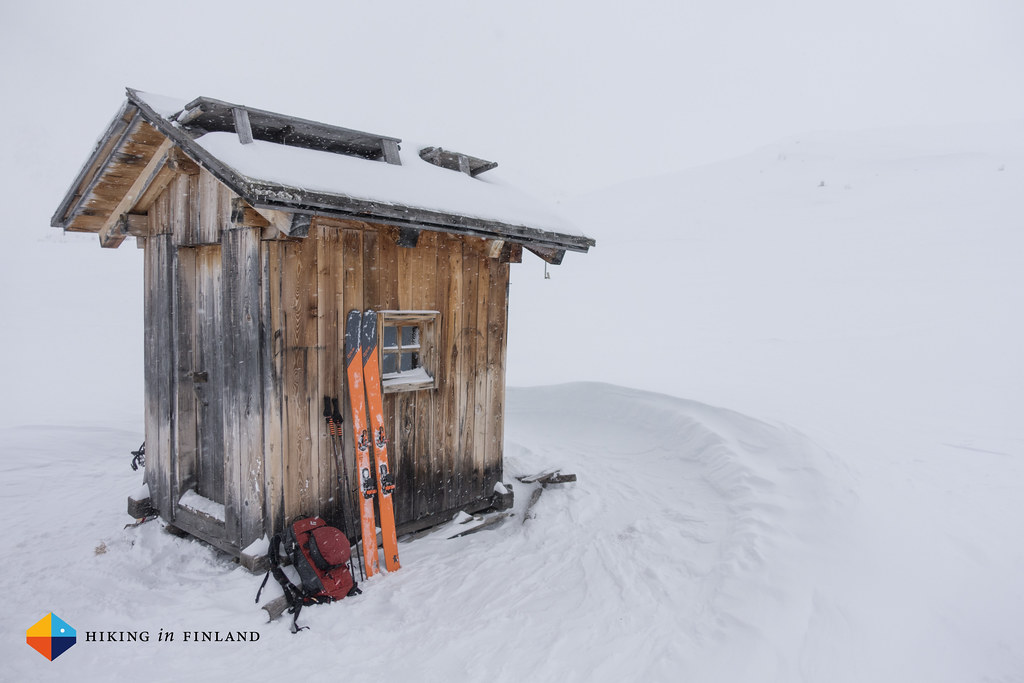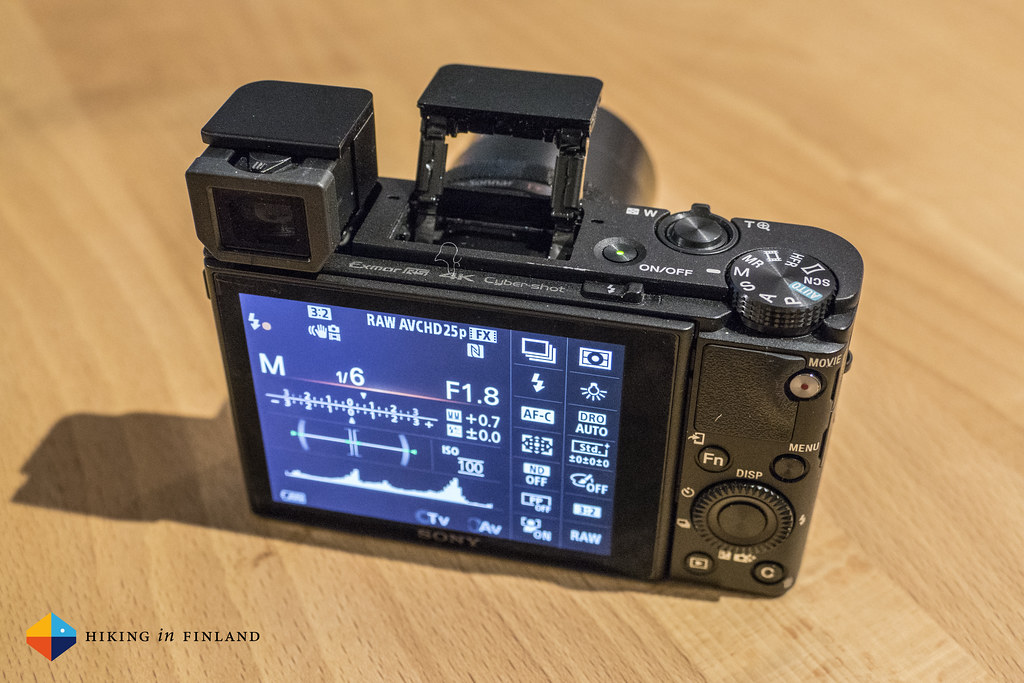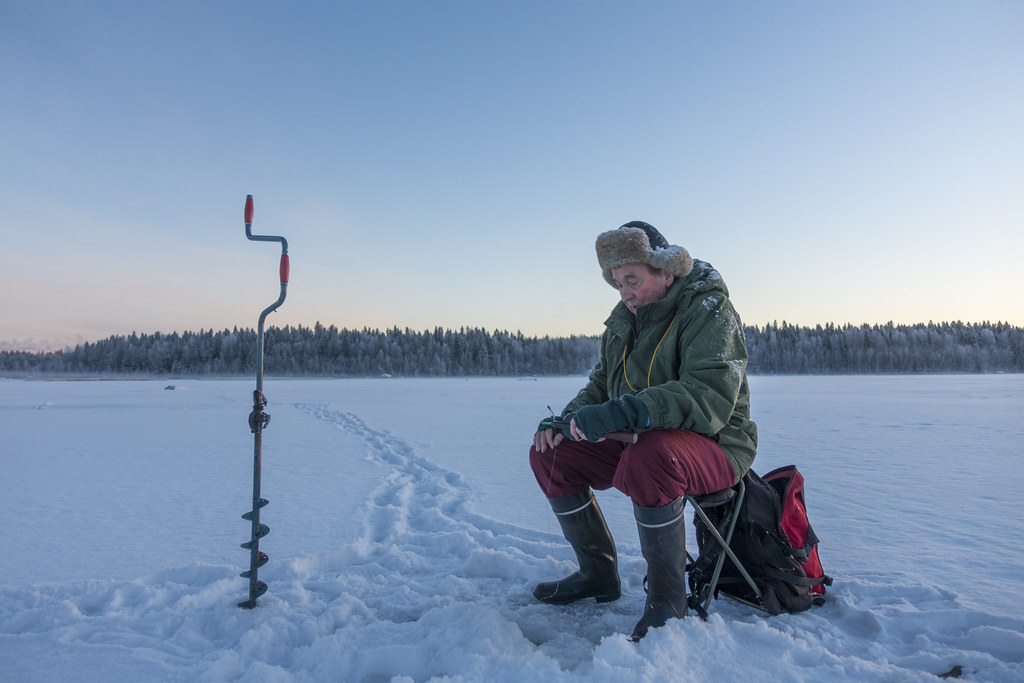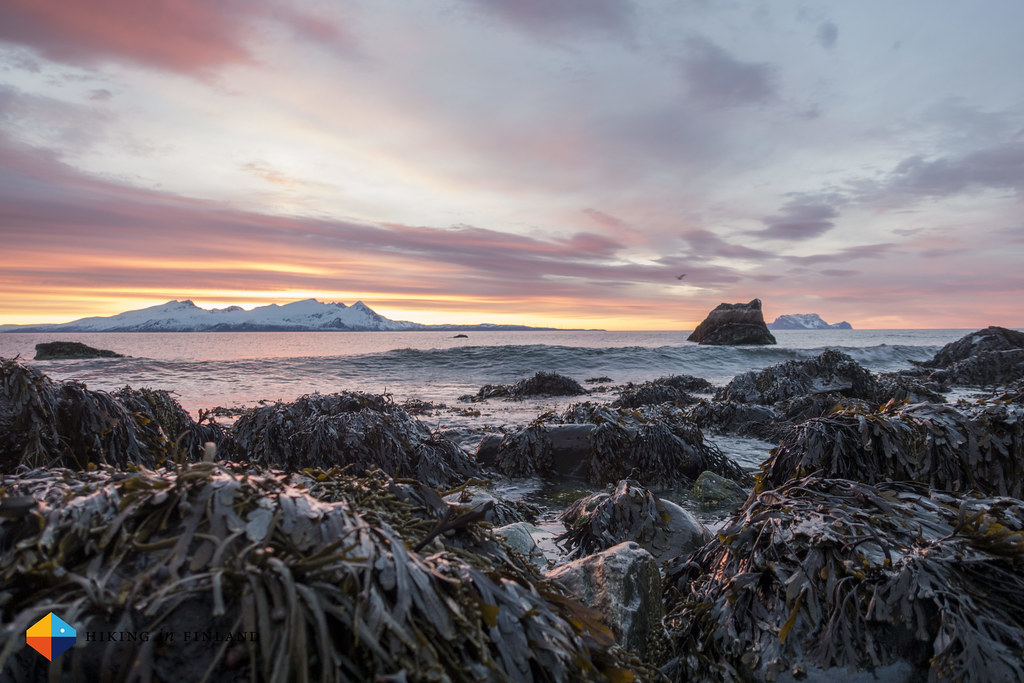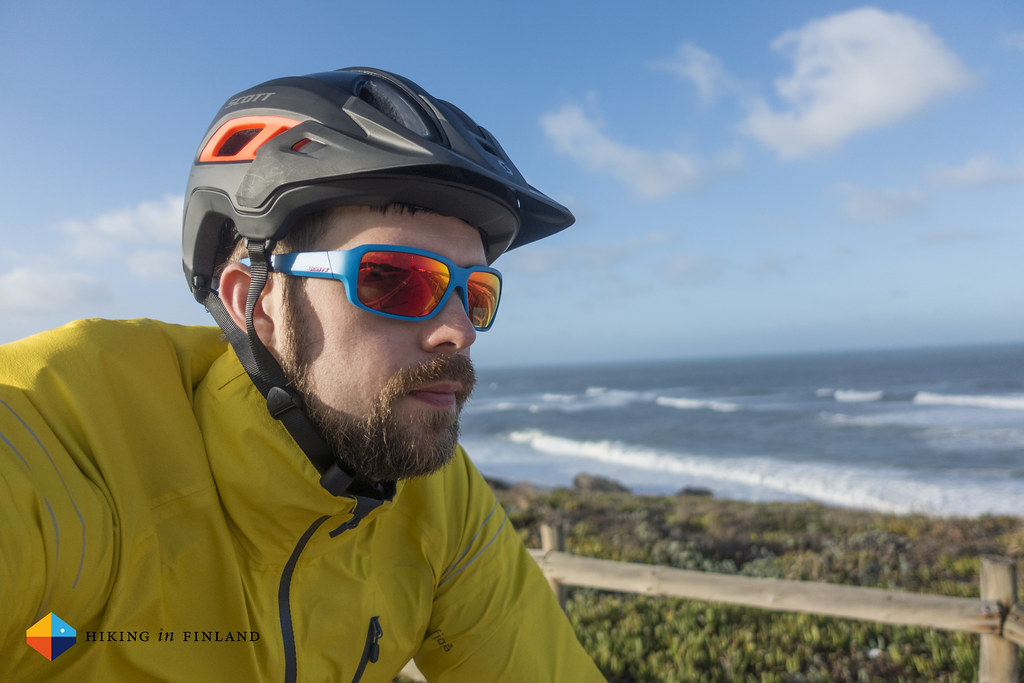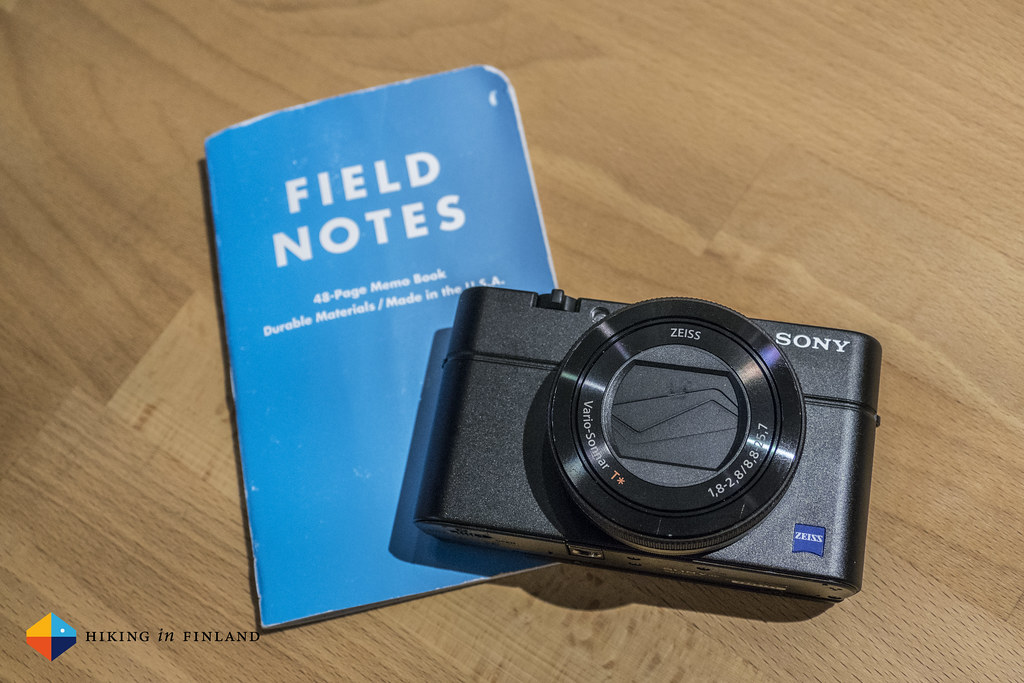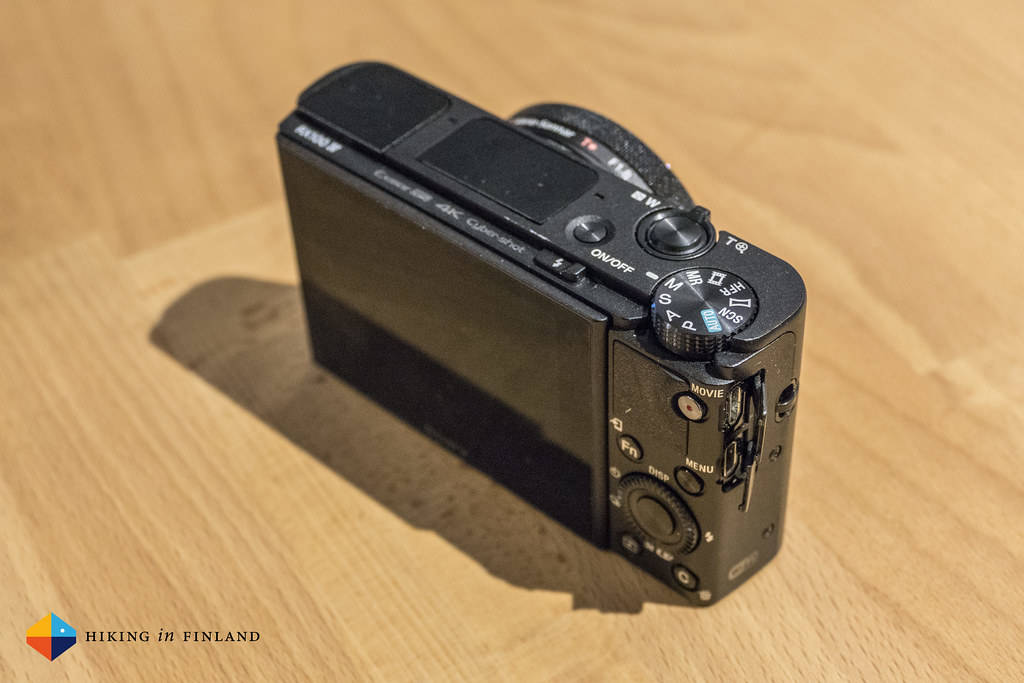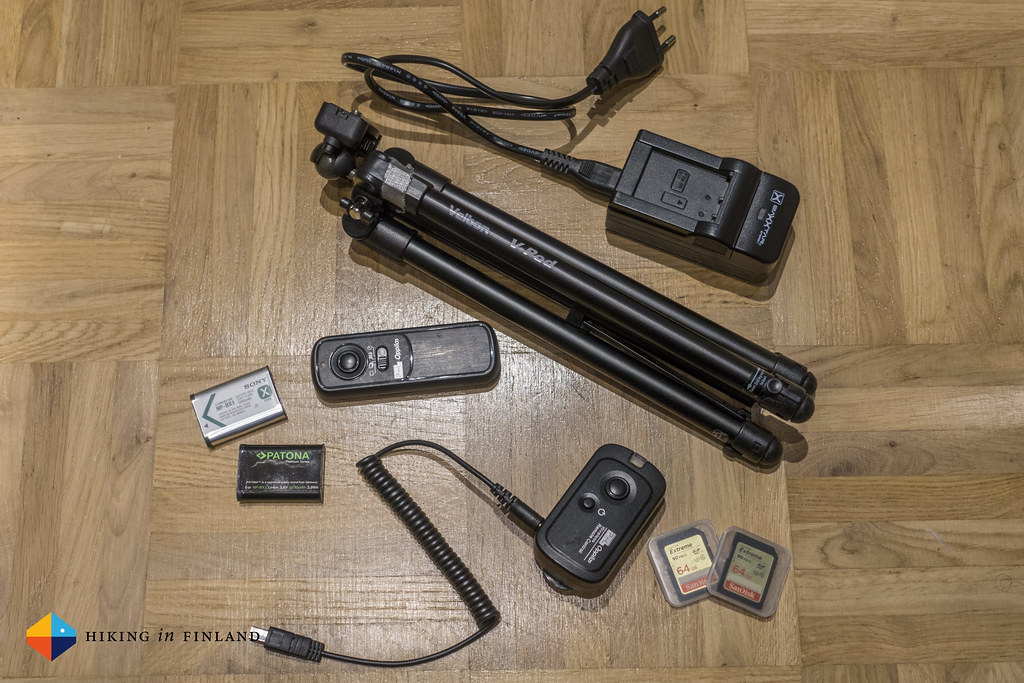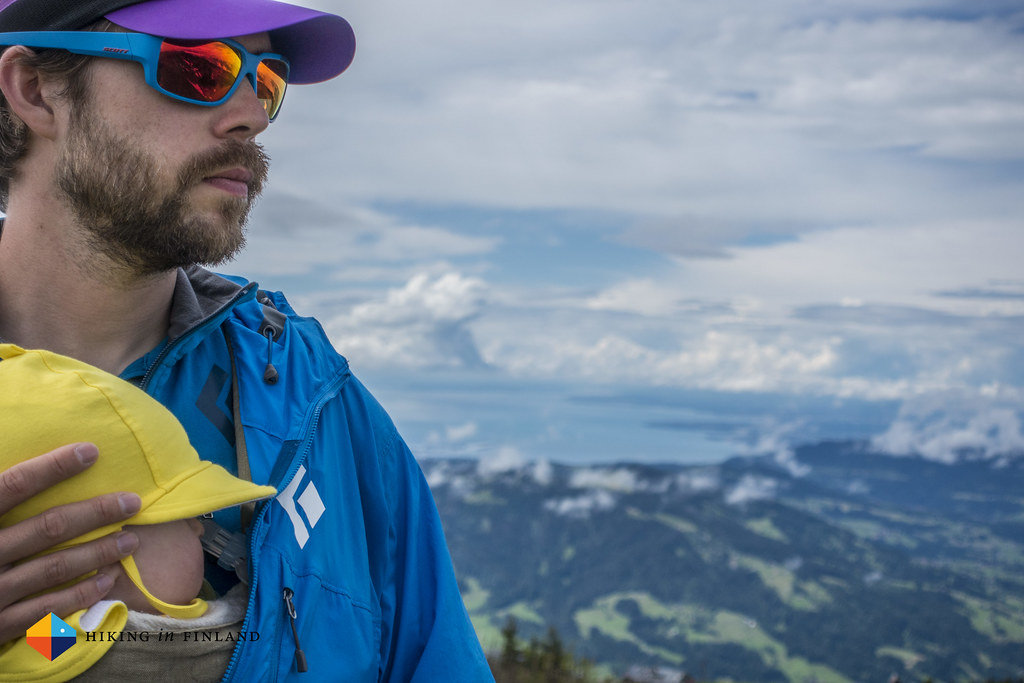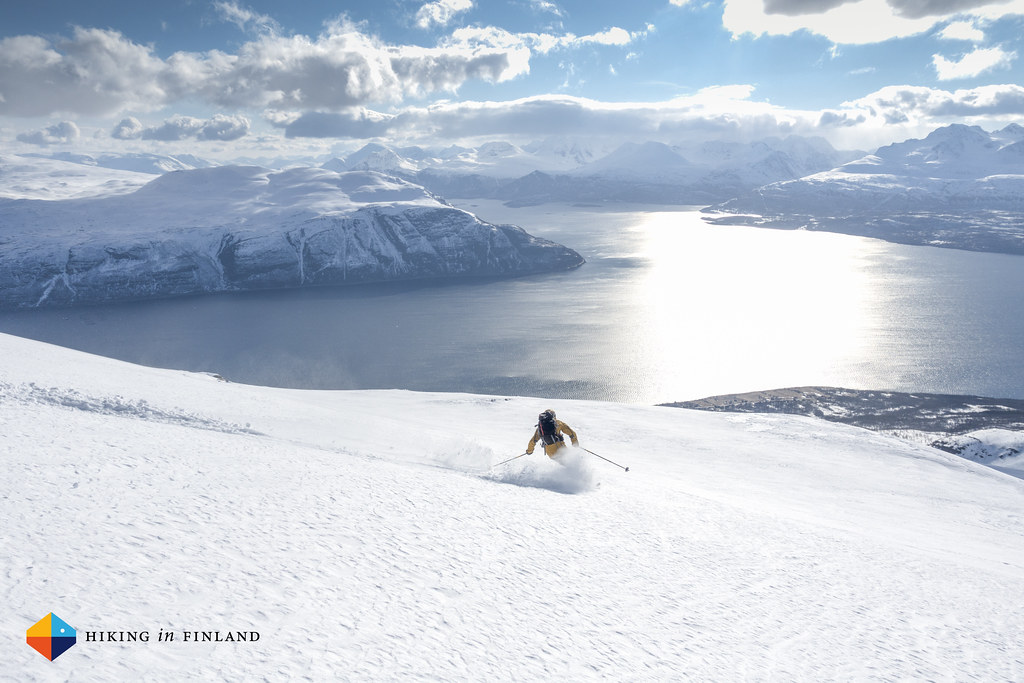What camera do you use? is probably the most common question I am asked when out on a trip or when someone sees my photos, and an astounding expression is often the result when I show my Sony RX100 IV - a pocket camera. But because size & weight matter ever less in the fast evolving world of photography, the results of this small camera speak for it - be it here on the blog or in print magazines. A comprehensive Field Report.
tl;dr
The Sony RX100 IV is the camera you want to document your adventures when you prefer light weight, a small size and superb image quality.
What I want from a camera (and how I ended up choosing the RX100 IV)
Disclaimer: I bought the RX 100 IV myself and have no affiliation with Sony.
This blog started out about my backpacking trips in Finland & my journey to lighten up the load on my back when outdoors, and has morphed into what I call an Outdoor Adventure Travel Blog nowadays. But I remember my Ultralight roots in everything I start, from bikepacking to mountaineering, climbing and ski-touring. I have dabbled with big, heavy cameras, used M43s like the still superb Panasonic Lumix GF1, graduated to the Sony A7R full-frame camera, had a short affair with the Olympus OM-D E-M5 and its successor and then just simply returned to what I consider the best camera for outdoor enthusiasts & photographers who are outside, the subject of this article, the Sony RX100 IV. I enjoyed its predecessor, the RX 100 III, but haven’t pulled the trigger on my RX100 IV till last year December, when I ordered it on Amazon.
Why did I buy the RX 100 IV? you might ponder, a valid question as do I own some other cameras too. Well, that’s where the ultralight thought comes up again. I wanted something that I can put in a pocket and is light. While I love the Peak Design Capture Pro I have been out a lot in weather which has been anything than sunshine & blue sky, and while I could add a Shell Cover I prefer to keep it simple. And what is simpler than putting your camera into the chest pocket of your hardshell? After this lengthy introduction, let me quote myself:
“I’m still looking for the *Eierlegende Wollmilchsau in terms of photographic equipment. It’s the camera which has only advantages, satisfies all my needs and is good enough for all my requirements”*:
- Print-quality photographs
- Nightshots possible
- Video capable
- Tiltscreen
- Long battery life
- Easy to use
- Lightweight
- Weatherproof
The Bad
Before delving into these points and others in detail, let me first highlight the disadvantages of the RX 100 IV:
- Only F11
- No hotshoe for a microphone or similar
- The Video Microphone is not good in real wind
- Included Flash in underpowered
- Menu is a bit unorganized and could be clearer
- No touch screen
- Tedious to switch focus point at times
- Back screen scratches easily
- No charger included
- Camera has sometimes difficulties with very bright or grey skies
Now lets look at these in a bit more detail.
Only F11. That might not seem like a big complaint, but for someone like me who loves sun stars F11 is often not enough. Add some clouds or something to the sky and you can pretty much be sure that the RX100 IV is gonna make it a glowing white ball in the sky. When the sky is clear, however, it does produce acceptable sunstars:
No hotshoe for a microphone or similar. I really, really, really wish Sony would have said We don’t need no underpowered flash in this camera, but lets put on a Hotshoe because honestly, for me this camera is aimed at professionals, videography and photography enthusiasts who have the accessories which would need a hotshoe. This goes hand-in-hand with the next two complaints:
The Video Microphone is not good in real wind and Included Flash in underpowered. Watch the underneath video and wait five seconds after the intro and see how useless the microphone is in real wind - and this is with wind cancellation et al. activated. If I would have been able to attach my beloved Rode VideoMic you could have understood me clear like in an empty studio, but so the wind is pretty much drowning me out completely. Also the underpowered flash is next-to-useless and I’d rather would not have it on the camera - I have NEVER used it - and have the possibility to attach a real flash via a hotshoe. I hope that in Version VI of this camera Sony will give it a Hotshoe, because that would make it even more versatile.
The Menu is a bit unorganized and could be clearer is something most camera manufacturers seem to have problems with if I read or watch reviews. It’d be nice to be able to create an own “My Menu” point where I could add these Menu points which are important to me so that I can access them fast instead of trying to find them in the buried Menu structure.
That there’s No touch screen is a problem if you want to again quickly navigate through the Menu, or, even more important, set the Focus point somewhere. Because it can be Tedious to switch the focus point at times as you a) need to be in the right Focus Mode and b) then need to push the button and then navigate it with the wheel to where you want it. With a touchscreen I ideally would put my finger where I want the focus to be and Voilá! I could shoot. So I often need to try very fast to switch the focus point when my subject is moving.
Lets stay with the back of the camera for one more moment, as the Back screen scratches easily. It’s purely optical - probably the protective layer on it - but it’s still a bit annoying. After all this is a 1.200€ camera, and you’d expect that the screen is scratch resistant - it is a pocket camera, after all.
What really has me scratching my head is why Sony did not include a charger in the package. You can buy one but it feels strange to spend almost 20€ on something that should be included. You can charge the battery otherwise via the included USB cable, but that also means you can not use the camera to shoot. This is a short-sighted and unfriendly customer policy which I really don’t like, and I hope the next RX100 cameras will come with a charger included.
Which bring me to the final complaint, and here we enter the technical capabilities of the camera. It sometimes has difficulties with very bright or grey skies aka Dynamic Range, or in layman terms: If there’s a dark foreground and a very bright background (or vice versa). While the Sony RX100 IV has a built in, electronic ND Filter which can help with making the image better, it only helps so much (and you need to remember to switch it on). Happily this is something I usually am able to fix in Lightroom and Photoshop afterwards as I always photograph in RAW. If you can’t fix it then images come out like this, though:
Which looks OK but you have no idea what’s happening in the foreground.
The Good
So, these are my complaints about the camera, which I hope Sony will fix in the next versions of this camera. Thus onwards to the positive sides of the RX100 IV, which really shine.
Print-quality photographs ✓
Besides Hiking in Finland I write for over a dozen of magazines and while that could be an excuse to splurge on a Full-Frame camera and some fancy lenses it really isn’t needed nowadays. The RX100 IV produces superb photos for print, with all the details and colours you’d want. Even if I was out on an assignment for clients I just stood by the fact that I have this wee camera and not a heavy DSLR to shot for them, and once they saw the images there never has been a complaint. I know that I am very lucky with my clients which are open-minded, and that sometimes you just have to show up with a DSLR to a gig to look the part, but as I usually work on my own I really don’t need to impress anyone with the size of my camera.
Nightshots possible ✓
I love me some pretty night shots. Standing out in the cold and dark, starring at the stars, maybe shivering a wee bit - that’s me feeling alive, small, happy and behind my camera, taking photos of these stars and Northern Lights. Or of impressive city scapes, like last December as I visited Arc’teryx in Vancouver. It sometimes feels a bit like hit-and-miss with the focus, but if the focus is spot-on then the tiny camera produces great images of nightscapes.
Video capable ✓
The Sony RX100 IV can shoot 4K Movies, which is the next step up from 1080 HD. It’s pretty heavy on the Memory Cards (you might want to bring a 128GB card or three) but if it is something you need you will be delighted to know it is possible. I shot at 1080 HD and that’s plenty good, too, and is a lot friendlier for data storage. You can see the MSR Access 2 Video above for an example of the camera’s video capabilities. I have to say that I find it annoying that Movies can only be recorded when the tiny red Movie button on the back is pushed AND the programme wheel is in Movie mode - if the latter is e.g. in Manuel mode you’ll get a warning on the screen. I would like that I also could start videos by push the shutter button, as that would make sense if the programme wheel is on Movies.
Tilt-able screen? ✓
While I always carry a tripod and a remote Selfies are a great way to be up-close in a photo, and for videos it’s very useful to see yourself when you’re filming. The screen on the RX100 IV can be tilted fully up which is great for Selfies and filming. It can be tilted around 45° downwards which makes it useful for shooting over your head, for example if you’re in a crowd and want to get a good angle from thw back
Long battery life ✓
Oh wow, the battery life. Is. AMAZING. When other reviewers complain about the poor battery life of the RX100 IV I can only wonder what they’re doing, but I took in winter, at -5°C outside temperature, 1.200 photos with the RX100 IV on the mountain and the camera’s battery was still half full. On the Dolomites trip this month I used one battery on average for three days and around 1.500 photos. These are amazing stats for me as I know that with a full battery in the camera and a back-up battery in the chest pocket of my baselayer I can be out a full day and shoot whatever comes my way without needing to worry to run out of juice. I even can browse the photos in the evening and send a shot or five via the in-built Wifi to my phone where I can edit it in the Lightroom and Photoshop Apps before uploading the days shot to Instagram. Seriously, the battery life is out-of-this-world and if you’re an occasional shooter you probably can go on a week long trip and shoot all you want to shoot without needing to worry that the battery runs out.
Easy to use ✓
One of the main reasons to get a small camera is that it is easier to use, especially for people that don’t want to dive into deep Menus. The Auto Mode on the RX100 IV is really good and I occasionally use it with great success - often indoors when the lightning is difficult, but also outdoors it produces very good images. You can put it on Auto Mode and give it a friend in the hand and he’ll be fine to take good photos. Pop-up the EVF if it’s bright out there and they will be able to compose the shot via it without problems.
Lightweight ✓
The camera without SD Card and battery is 262 g light, an original Sony battery weighs 24 g and the SD card is 2 g, which means the functioning camera weighs 288 g. I added a wee hand lop which weighs 3 g, so that brings it up to 291 g. Lighter is just using a phone camera (which are not even close as good as the RX100 IV, see further underneath) or no camera at all.
Weatherproof ✓
While Sony doesn’t advertize the RX100 IV as highly weatherproof it has been just that in my experience. I had it out in snow and rain storms - and because that’s when you’re getting the best photos I of course also had the camera out in that weather. It has no problems with getting wet, and even when moisture has collected on the lens and the extendable lens, I never had a failure on it. Sure, this all has been with care and I wouldn’t hold the camera under a waterfall, but for quick shots in the snow and rain the RX100 IV is more than enough weatherproof. I also don’t have a case for it - I 99% of the time carry it in my hand or chest pocket, so that’s all the weather protection it has had over the last ten months.
Another advantage is that the camera has an Electronic Viewfinder. This makes the camera look more like an old-fashioned film camera, which is really useful in street photography when you want to shoot people and not awaken the impression it’s a digital camera. Also for portraits I find the EVF great as it allows the subjects to take you more serious & relax while you’re behind the camera, instead of looking on a screen in front of you. It’s also so small that I can hold it in my hand and shot from the hip, or place it inconspicuously on a table and take a photo of a situation.
One thing I love is the possibility of sending via In-built Wifi photos from the camera to my phone, where I can edit it in Lightroom & Photoshop and upload it to Instagram. Gone the times where one needs to first upload everything to the Mac, then edit it there and then transfer it somehow back to the phone. The App and Wifi work great once set up, and is used often and with pleasure.
Where I’m already talking about my phone: How’s the Sony RX100 IV in comparison to the iPhone 6S? you might ponder. I bought the iPhone 6S (800+€) because I thought the camera in that phone finally has reached a level which is great. How wrong I was. Sure, the iPhone 6S is still lighter and smaller than the Sony camera, but there’s World’s between these two devices in photographic terms. I am very disappointed by the quality of the iPhone 6S photos as I expected a lot better quality, but especially in the above mentioned High Dynamic Range situations - think sunsets and sunrises - the iPhone 6S comes not even close in quality to what the Sony RX100 IV can do. The iPhone simply overburdened with a lot of photographic situations, and even if Apple tries to make us think otherwise - I wouldn’t spend so much money on an iPhone ever again.
Bikepacking with the Sony RX100 IV is great. I had it along on a few trips where I was riding tours for magazine stories, and capturing the environment & action while on the bike, hands on a handlebar, is still a bit different than hiking, ski-touring or climbing. I stored the camera in my Oveja Negra 1/2 Pack where it fitted in with all the other kit I have in there. It’s very easy to get out of there - with one hand! - and allows me to capture situations from the bike in around 15 seconds max. I also can fit in my tripod and remote in the 1/2 Pack, and can set things up in a minute or two, which is great for those photos where I + bike need to be completely in the frame. I have experimented with a few cameras on bikepacking & cycle-touring trips and the RX100 IV has been my favourite by far because it is so convenient to use when on (and off) the bike.
And at the end, still some words on durability. I now have the RX100 IV since December 2015 in use, and it has been with me on at least 14 trips where it has been in the cold, bumped against rocks while climbing, hiked in the sleet and snow of the Dolomites, endured 35°C in Greece and two trade fairs. I have shot well over 27.000 images with it in these ten months, and while it feels that it doesn’t start up as fast anymore as when it was new it still functions as great as on Day one. I expect that I’ll get another year or two of use out of this camera - although I am tempted to update to the RX100 V which was announced a couple of weeks ago as it fixes some of my complaints. But even if I don’t update, I think that a small camera like this one, which has seen so much use and the only “damage” it has taken are scratches on the back screen and some chipped paint, is speaking for the high quality of the Sony RX100 IV.
The Accessories
Accessories I carry along include always a second SanDisk Extreme 64GB SDXC Card, as they have an amazing price-to-quality ratio and the write speed of 90MB/ second is great for long bursts. 64GB can last for up to a week of being outdoors and a wee video in between. If I know I will shot more video or lots, and lots of photos, then I’ll take two or three extra cards along - at 30€ a card I consider them pretty affordable (I wish External Storage would be as cheap!).
My Velbon V-Pod is still usually along as I might want to take night photos, videos or need to be in the photo and have no-one around to take a photo of me. I also bought a Pixel RW221 Remote which is very good - you can be up to 100 m away and still operate the camera, which is great for all kind of photos.
And then I own three extra batteries and a charger for them. I bought two original Sony NP-BX1/M8 Lithium-Ion X Type Batteries and one Bundlestar battery as the latter was half the price. The Bundlestar battery feels like it usually last a bit shorter than the original Sony ones, but I haven’t tested this in-depth to see it. The Bundlestar battery works just fine, so if you’re on a budget and need more power take it. The charger I bought is the Charger for Sony NP-BX1 Bundlestar Baxxtar which seems to also be available under different names, usually costing around 16€ or double that with two batteries included.
The Bottomline
The Sony RX100 IV is not cheap - at almost 1.000€ it is amongst the most expensive pocket cameras you can find and chances are that you don’t need this good a camera. If you’re, however, a passionate photographer & outdoor enthusiast who likes to document his adventures and be able to possibly print large photos of them, then the Sony RX100 IV is worth considering. Also for professional photographers who want to go lighter or need a high-quality back-up camera the RX100 IV is worth a look, as it shots RAW and 4K Video.
With this cave-eat out of the way: This is the camera you want to document your adventures. When you’re heading out on a once-in-a-lifetime trip, like hiking a long trail, visit the Annapurna Basecamp or go ski-touring on Svalbard, then you want to have the Sony RX100 IV along to make photos of your adventure. Superb image quality with an impressive 16.0 FPS you can shot face-paced action like skiing, climbing and trailrunning, while the small size allows for shots from the hip for street photography. The EVF lets you operate the camera in the brightest sunlight without problems, and the colours and images this little ultralight camera produces are simply superb and often on-par with much larger & more expensive DSLRs. Did I mention how light and small it is and that I usually carry it in my chest pocket? This is the ultralight backpacking & climbing camera to rule them all.
This is the camera you want to document your adventures.
By the way: On my many trips with athletes which create images and videos for their own Social Media channels, the Sony RX100 IV (or an earlier version) is what they carry. I have friends who ski, climb, mountaineer and trailrun professionally, and like me they carry this wee camera along on their adventures, because they too consider it the best tool to create content for their Social media presences while not carrying too much weight.
Convinced and want to take a Sony RX100 IV along on your trips? Then buy one via one of these affiliate links: Amazon.com, Amazon.de or Amazon.co.uk.
More photos of the camera and its details on Flickr.
Sidenote: If you want a relative light weight camera with the absolute best possible image quality I would recommend getting a Full-Frame camera like the Sony A7RII with a great all-round lens. It is just that that combo costs you upwards of 5.400€ and weighs at least 1.511 g, which is more than five times what the RX100 IV puts on the scales. And honestly, unless you’re going to print A1 prints or larger you likely won’t need the power the A7RII has.
Disclaimer: There are affiliate links in this article to help finance the website. You either can avoid them like hell or click them and buy gear via them to support me. Read the Transparency Disclaimer for more information on affiliate links & blogger transparency.
